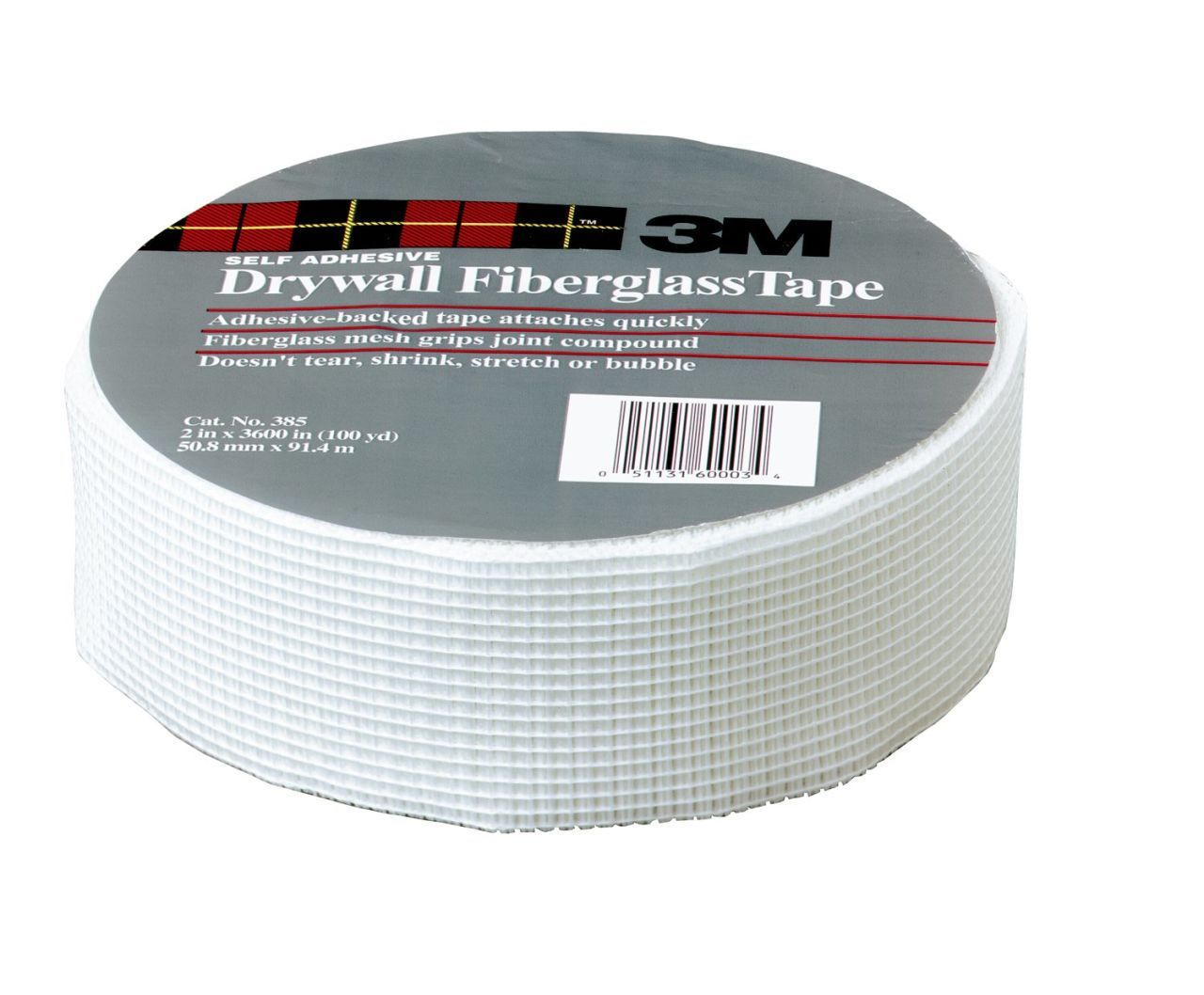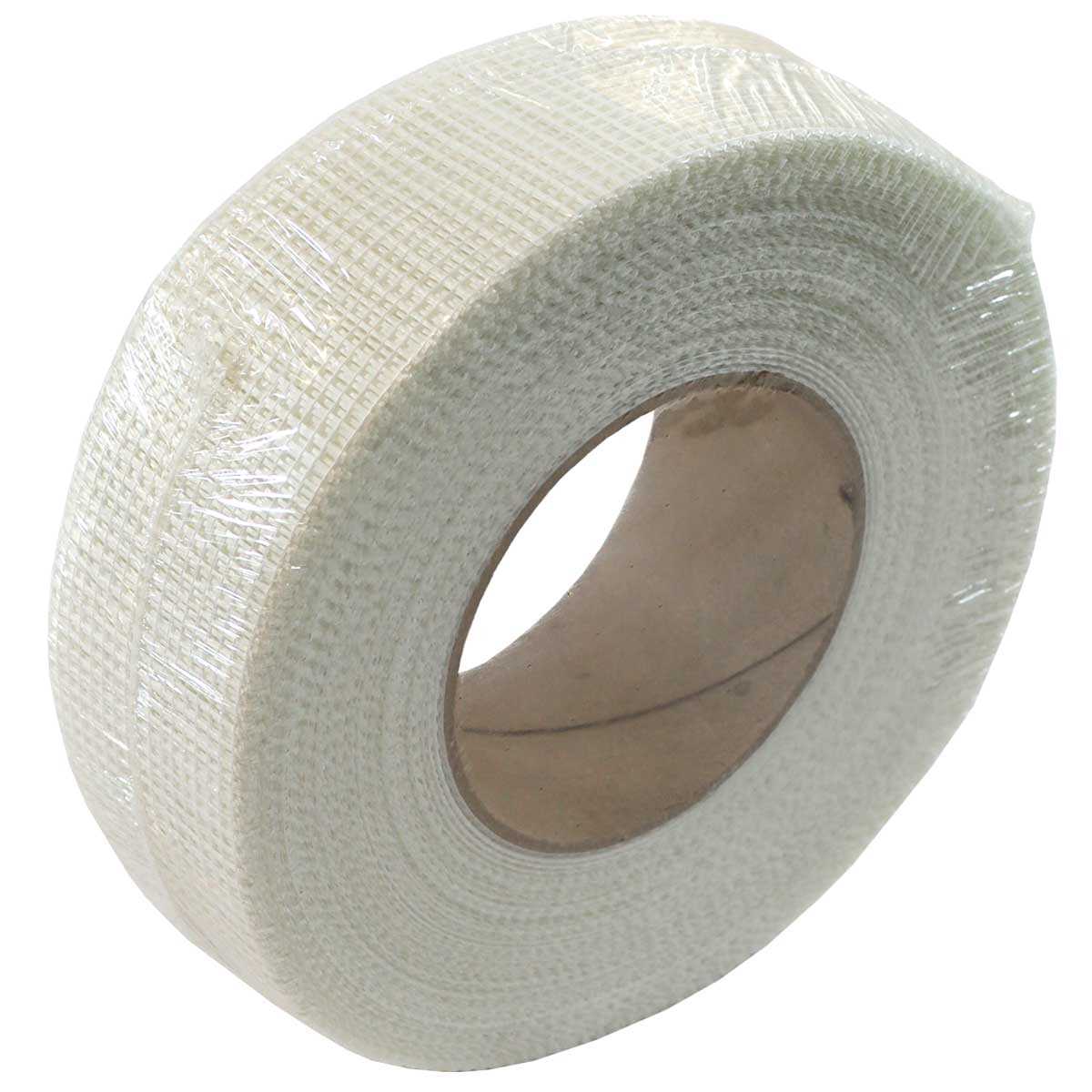
#Mesh drywall tape vs paper free
The double-sided paper backing also allows you to use paper-backed drywall tape to apply to joints, leaving the adhesive side free to apply directly to the wall. The double layer of paper (one side is sticky, the other is not) allows you to apply joint compound over the top of the tape, making one coat of compound enough to finish your seams with little to no sanding required seamlessly. Most importantly, single-sided adhesive drywall tape won’t leave behind any sticky residue once fully cured, making clean-up easy.ĭouble-sided paper-backed drywall tape is ideal for beginners and those looking to minimize clean-up. When applied directly to the wall, the single-sided adhesive tape becomes a one-step process, eliminating the need for a messy joint compound, a taping knife, and multiple coats of the compound to reinforce the seam and create a smooth finish. As the name suggests, this type of drywall tape features a single layer of paper coated with a strong, durable adhesive that is primarily designed to be applied directly to the wall. Single-sided adhesive drywall tape is the most common when it comes to drywall taping. Can you use paper tape on drywall seams?.Is paper or mesh tape better for drywall?.Pros of Using Paper-Backed Drywall Tape.Dry for 24 hours and sand again until flush with 120 grit sandpaper on a block. Apply the compound two inches wider than the second layer. Add a small amount of water to the compound and mix it in with your joint finishing knife. Step 5 - Apply the Third Layer of Joint Compoundīegin with new compound in your mud pan. After drying for 24 hours, sand smooth with a 120 grit sanding block. Scrape off the excess until smooth and flush. Apply an additional layer of compound over the seam with the joint finishing knife, extending about two inches wider than the first layer. Step 4 - Apply the Second Layer of Joint Compound Sand until smooth with an 80 grit sanding block. After the seam is reasonably smooth, allow to dry for 24 hours. After applying the perpendicular smears, use the six-inch joint knife to smooth in long strokes down the length of the seam to remove the excess compound. Be sure you are covering the tape completely as you go. Dab the knife into the mud and smear it over the tape, perpendicular to the seam.

Use the six-inch joint knife to apply compound over the tape. Load your mud pan with some joint compound. Step 3 - Apply the First Layer of Joint Compound Avoid overlapping sections of mesh tape because it will create a raised area that will be hard to disguise beneath drywall compound.

If you cut the tape too short, apply another section of tape to fill the gap. When you reach the end of the seam, trim the tape with a utility knife or simply use the joint knife (if sharp enough) to sever it. Check your progress and align the tape to center it as you go along.

Continue working along the seam by unrolling and pressing the tape. Unroll a small section of the mesh tape (about a foot or two) at a time and press it over the drywall seam, using a six-inch joint finishing knife or your bare hand to smooth it down. Press it down with your hand to set it in such a way that it is equally centered over the seam between the drywall panels. Place the end of the self-adhesive fiberglass mesh tape at the edge of the seam.


 0 kommentar(er)
0 kommentar(er)
